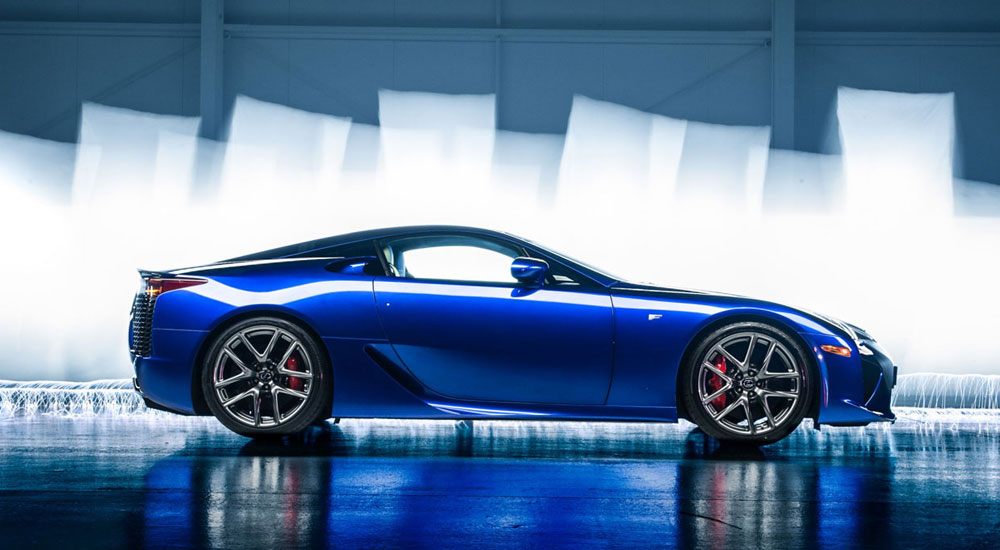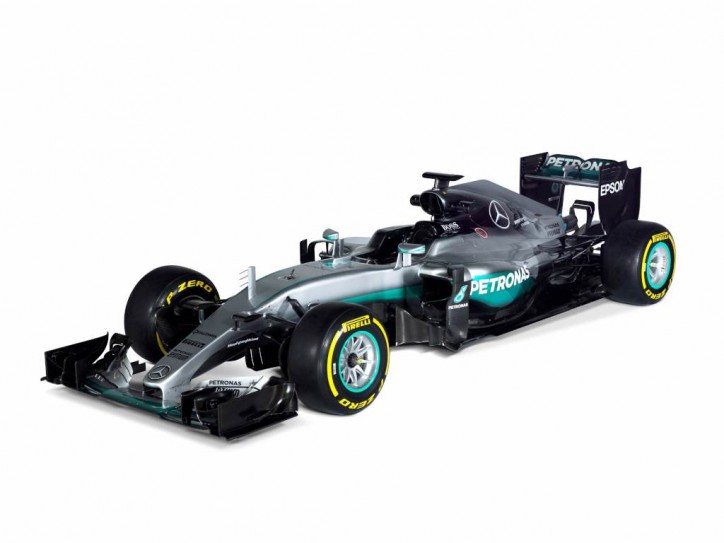
At present we accept that the “right” valve and combustion chamber arrangement for four-stroke engines is overhead valves because that minimizes combustion-chamber volume, making torque-boosting high-compression ratios practicable. This is true whether we embrace valve operation by overhead cam (most motorcycle and car engines are now built this way) or if we prefer valve operation by pushrods and rockers (the much-venerated
Harleys and 1950s-originated American V8 auto engines). At the beginning of motoring, every imaginable configuration of valves was tried. There were, for example, engines with one giant overhead exhaust valve, directly above the piston, flanked by two or even three intake valves, located stems-down to either side of each cylinder, making a total of five or seven valves per cylinder. If you can think of it, they probably tried it before 1910. Yet in U.S.-produced motorcycles of the early days, this mostly shook out to four basic arrangements, each with well-understood strengths and weaknesses. These were:
- The IOE (Intake-Over-Exhaust) or, in American parlance, the “pocket-valve.” Because this was the way Count de Dion’s mechanic, Georges Bouton, laid out their first and very widely-copied engine, many engine-makers adopted it worldwide, among them Indian, Harley, and Curtiss. The exhaust valve is located beside the cylinder, stem-down, and the intake is directly above it, stem-up, in a little cage. In its original form, the intake was suction-operated against a light spring, but later a cute little rocker was perched on one edge of the cage, also operated by pushrod.
- The T-head, which placed the exhaust valve on one side of the cylinder bore, stem down, and the intake valve on the opposite side of the cylinder, stem down. This gave the cylinder head an Alfred E. Neumann shape–a big circle with a round “ear” on either side.
- The L-head, aka “flathead,” or in British lingo, “side-valve.” This placed intake and exhaust valves on one side of the cylinder with their stems down, giving the combustion chamber the plan form of three circles blended together (one for the cylinder bore and two smaller ones next to it for the two valves).
- OHV, for Over Head Valves, which are located not in the cylinder casting as in the above three types, but in the cylinder head, with their stems pointing generally upward.
POCKET VALVE IOE or pocket-valve was the leading choice of American motorcycle builders for many years because with its valves one above the other at one side of the cylinder it added minimum volume and surface area. But all motorcycle builders knew from hard experience that having a hot exhaust valve seat and port cast
as part of the cylinder caused the near part of the cylinder to bulge out-of-round from heat expansion (causing poor compression) and possibly to overheat (leading to local lubricant boiling, cylinder and piston scoring, and possible seizure). Designers exercised ingenuity in providing air passages between port and cylinder, and by spacing the heat-sensitive valve spring away from the hot exhaust valve by putting a ventilated spacer between. Since both valves were located
beside the cylinder, the head itself could be covered with effective cooling fins. Once the suction-operated intake valve was replaced by one operated by pushrod and rocker, there was the problem of lubricating the rocker (carry an oil-can, like a locomotive engineer?) and keeping its oil from combining with road dust to make grinding paste, but it least this was not complicated by exhaust heat. Designers also liked the small surface area of the pocket-valve (two valves in the same space, head-to-head) because this reduced heat loss from combustion. Pocket-valve engines remained competitive in racing into the 1920s against flathead and OHV designs, suggesting there was value in staying with the design you have experience with. Some manufacturers–
Moto Guzzi and
Indian to name two–decided to end cylinder heat distortion by reversing the positions of the valves. They put the hot exhaust valve in the head and the much cooler-running intake valve beside the cylinder.
T-HEAD The T-head seemed attractive because its shape, if not its temperature, was symmetrical–one valve on either side of the cylinder. This could count for a lot in the stability of a head-and-cylinder unit cast in one piece. But on the debit side, the F-head had more combustion chamber surface area and volume than the other three, and suffered just as IOE and flathead did, from the closeness of a hot exhaust seat and port to the cylinder. The long-serving Gravely garden tractor engine continued the T-head for many years. Again, head cooling was good because the valves did not block the flow of cooling air.
FLATHEAD Eventually the flathead or side-valve configuration became dominant because it combined several advantages. Unlike IOE or OHV, it had no lubricated joints exposed to the elements (where’s that oil can?) for it was easy to completely enclose its valves, springs, and tappets where they could be lubricated partly by splash and partly by oil vapor inside protecting tappet tubes. Yes, a flathead needed a valve pocket twice as wide as that of an IOE design, and while that added unwanted extra surface area and volume, those were not the crushing disadvantages they would be today. Today, we think something’s wrong if a sportbike engine’s compression ratio isn’t
at least 12-to-one, but back in the day of Indian’s “Powerplus” flathead (1916-onward) low fuel quality forbade compression ratios much over 4.5-to-one. The really big advantage of a flathead was that combustion-accelerating “squish” could be provided by allowing part of the piston to come very close to the head at TDC. As the piston rose, the fuel-air mixture in this space was squeezed rapidly out, forming a high-speed jet that vigorously distributed the combustion flame throughout the chamber. This is what gave flatheads their reputation for low-speed pulling power. Harley continued to win U.S. races with its KR 750 flathead through 1969. The extra volume of the necessary valve pocket reduced compression ratio, but any attempt to squeeze the pocket tighter restricted intake and exhaust flow. And so the KR ended up at a compromise best-power compression ratio of just under 6-to-one. On the automotive side, Chrysler Corp. continued its successful line of flathead sixes through 1959.
OVERHEAD VALVES The system with the most advantages–straight, high-flowing ports and minimum chamber volume for high compression ratio and minimum heat loss–is overhead valves. But the problems in implementing OHV were large. When valves are located in the cylinder head, their stems upward, opening those valves requires some combination of oscillating rockers and/or rotating cams–machinery that must be lubricated. Yet because these were air-cooled engines, nothing could be allowed to block the front-to-back flow of cooling air over the head’s fins. Therefore, the first OHV designs just bolted plates to either side of the head, carrying rocker spindles between them. The rockers were operated by exposed pushrods rising from the engine’s timing case on one side. Cooling was good but lubrication was nonexistent save for regularly-applied grease or oil. The next stage was to mostly enclose rockers and shafts or cams in a cast housing, located above the head on stand-offs, leaving room for airflow over the head’s cooling fins. Pushrods or cam driveshaft could now be enclosed in a tube or tubes that sealed to the engine’s timing-case at the bottom and to the rocker or cam case at the top. The ends of the rockers could stick out into the open to operate the valves, or the overhead cam or cams could operate “pushers” carried in the case, making contact with the valve stems. This left the valves themselves unlubricated, so tiny oil lines might be run to the valve guides, providing lubrication but making a mess (that’s why there was the long-running fashion to wire oil-absorbing foam to Max Norton cylinder heads). Stylists must have hated the first OHV engines because their extra height conflicted with the “long and low” look popular in the early 1920s. Why not enclose everything, as is now normal? How would the head be cooled if it were topped, not by cooling fins but by valve operating machinery? For a time, each cam or rocker was given its own enclosure, leaving a space between that could be covered with fins. Examples of this stage of design are the racing Gilera-4s and
Honda’s classic road race engines of the 1960s. Their cylinders were tilted forward to give good access to these fins by the air stream. Cooling was less essential for streetbikes because they use high power less often. The limited space between the rocker boxes carried cooling fins, but access by cooling air was largely blocked by those rocker boxes. Today, heads are cooled by liquid–either oil or water–making cooling fins between the cams or rockers unnecessary. Everything is enclosed so lubrication is by pumped recirculating oil.
Gadget Reviews:
mamaktalk.com
Car Reviews:
automoview.com
Entertainment News:
38now.com
Today's Promotions:
freepromotoday.com




















